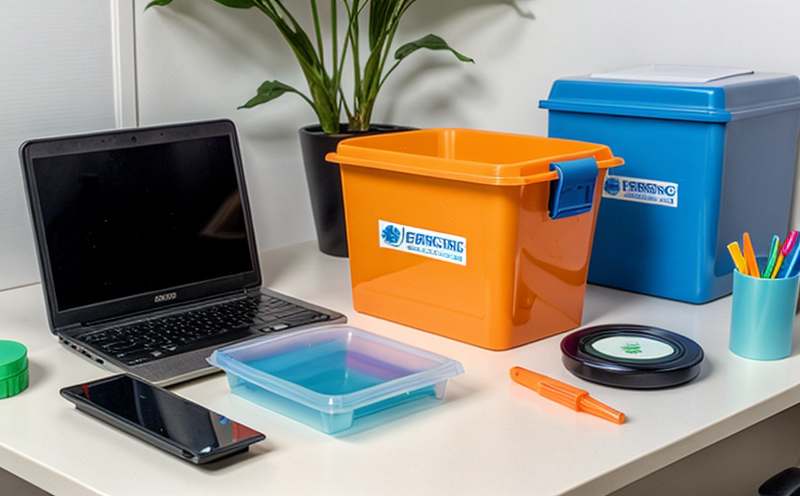DIN EN ISO 2039 Indentation Hardness Testing of Office Plastics
The DIN EN ISO 2039 standard specifies a method for determining the indentation hardness of rigid plastics using a Vickers indenter. This test is particularly relevant in sectors where plastic materials are widely used, such as office and stationery products. The standard ensures that manufacturers can produce consistent quality by providing a standardized way to measure the hardness of these materials.
This service involves testing samples from various office and stationery plastics, including those used for pens, folders, binders, and other writing instruments. The test is essential for ensuring that the plastic components meet specific mechanical properties required for durability, comfort, and safety. Compliance with this standard ensures that products are not only robust but also meet consumer expectations regarding performance and longevity.
The testing process involves placing a small indenter under a precisely controlled load onto the surface of the sample. The depth of indentation is measured using a microscope or optical comparator. The hardness value, which is the ratio of the applied load to the area of contact between the indenter and the specimen, is then calculated.
For office plastics, this test is crucial because it helps in selecting materials that can withstand the wear and tear associated with frequent use. For instance, a higher indentation hardness indicates greater resistance to scratching or denting, which is particularly important for products like pens where surface integrity directly impacts user experience.
The DIN EN ISO 2039 standard also plays a critical role in quality assurance processes by providing an objective means of assessing the mechanical properties of plastic materials. This ensures that all parts of a product are manufactured to consistent specifications, reducing the risk of defects and improving overall product reliability.
Manufacturers can use this testing method during the design phase to predict how different materials will perform under various conditions. Additionally, it allows for the optimization of production processes by identifying optimal processing parameters for each material type. This not only enhances product quality but also contributes to cost efficiency by minimizing waste and rework.
By adhering to DIN EN ISO 2039 standards, companies can ensure that their products meet international quality benchmarks, thereby gaining a competitive edge in the global market. It also facilitates easier compliance with local regulations, streamlining the process of entering new markets or regions.
Benefits
- Ensures consistent product quality by providing a standardized method for measuring hardness.
- Promotes durability and longevity of office plastics through optimized material selection.
- Facilitates easier compliance with international standards, enhancing market access.
- Aids in the optimization of production processes to improve efficiency and reduce costs.
- Supports quality assurance by providing objective data on mechanical properties.
Industry Applications
- Pens: Ensuring that pen tips are durable and resistant to wear during prolonged use.
- Folders and Binders: Guaranteeing that these materials can withstand the pressure of being filled with numerous documents without deforming or tearing.
- Other Writing Instruments: Providing a consistent level of performance for products like retractable pens, highlighters, and erasers.
Quality and Reliability Assurance
The DIN EN ISO 2039 hardness testing is an integral part of the quality control process in many industries. It helps manufacturers identify any discrepancies between expected and actual performance early in the production cycle, allowing for timely adjustments to be made. This proactive approach not only enhances product reliability but also minimizes potential risks associated with using substandard materials.
In addition to its role in manufacturing, this test is also crucial for research and development (R&D) departments. By continuously monitoring hardness levels across different batches of raw materials or through changes in production techniques, R&D teams can innovate more effectively. They can experiment with new formulations or processes while ensuring that they adhere strictly to the required mechanical properties specified by standards like DIN EN ISO 2039.
For procurement officers, this testing method provides a reliable way to evaluate suppliers and ensure consistency in material quality. By specifying compliance with DIN EN ISO 2039 as part of their supplier evaluation criteria, companies can be confident that they are sourcing high-quality materials consistently from all approved vendors.
The results of these tests are typically documented in detailed reports that outline the hardness values obtained for each specimen tested. These documents serve multiple purposes including internal documentation, regulatory submissions, and client presentations. They provide clear evidence supporting claims about product quality and compliance with relevant standards, which is essential for maintaining strong relationships with clients and stakeholders.





